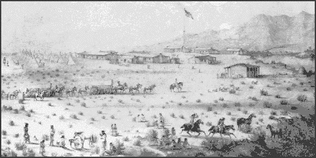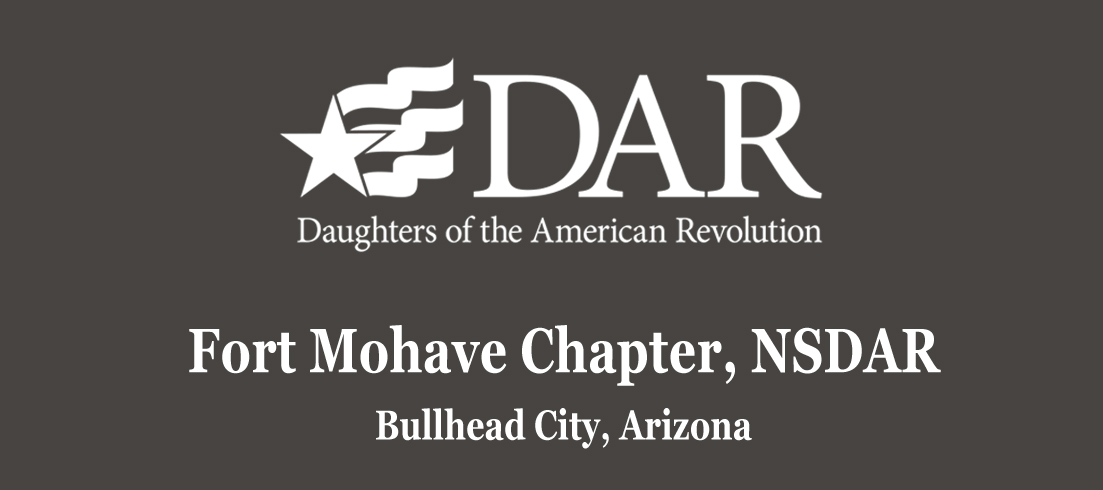
Historic Fort Mohave
“Mojave” was the name the Spaniards gave to the Pipa Ava Macav, the People by the River, the native farmers and villagers they encountered along the Colorado River southwest of the Grand Canyon during the 1700s. When American miners and settlers entered this area over 100 years later, they called these people the “Mohave” Indians, introducing a common misspelling.
By 1859, Fort Mojave, initially named Fort Colorado, was established on a bluff overlooking the “Mojave Road” or “Beale’s Road” and the Colorado River crossing that had become popular with settlers and miners headed for California. Except for a short period between 1861 and 1863 when the fort was abandoned during the Civil War, Fort Mohave remained a military presence in the area until 1890.
When Fort Mojave was abandoned by the U.S. military, it was turned over to the Bureau of Indian Affairs. Those Mojave who had settled near Fort Mohave in a spirit of friendship had become known as the Fort Mojave Tribe, and the abandoned military outpost became an official part of the Fort Mojave Indian Reservation.

The Bureau of Indian Affairs established a military-style boarding school using the abandoned Fort Mohave’s existing buildings. Over 300 students from various tribes throughout Arizona, Nevada, and New Mexico attended this school annually for nearly 40 years. The school was closed in 1930, and the site of Fort Mohave was once again abandoned.
The content contained herein does not necessarily represent the position of the NSDAR. Hyperlinks to other sites are not the responsibility of the NSDAR, the state organization or the individual chapters.
Sketch of Fort Mohave courtesy of Arizona Department of Library Archives and Public Records, Phoenix.
Photos courtesy of chapter members and Flickr.
